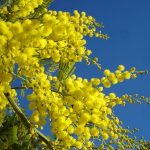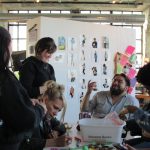Celebrating National Poetry Month at Waters Elementary
We are celebrating National Poetry Month in April and we are excited to share a student project that integrated photography and poetry.
Led by teacher Leticia Ramos and teaching artist Aram Atamia, an after school classroom at Waters Elementary discussed the act of seeing as a big idea and posed the following inquiry questions:
- How can we use photography to define where we stand?
- How can we enrich family relationships through collaborative projects?
- How can sharing points of view increase empathetic relating?
- How can this program be a focal point of connection in this isolating moment?
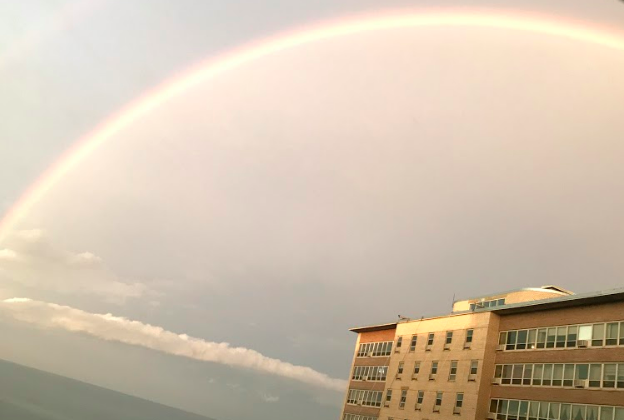
Pictured: “Something I don’t want to forget” introduction project student work by Oscar.
We asked teacher Leticia Ramos to share with us a little bit more on the story behind the project and shared the following with us, “the exciting thing about online learning vs in-person learning for photography is that, under our current conditions, each student had their own environment to work with that was not necessarily familiar to anyone else. During the school year, by comparison, we are working in the general vicinity of the school. This introduced such an exciting element of surprise in seeing each other’s work that was unique in relation to our school year program where this kind of variety is challenging to uncover.”

Pictured: Students often did assignments while exploring with their families. Here is student Catie’s landscape of a cliff.
Ms. Limon very excitedly shared that because photography is also a way to share stories about home, family and ancestry, she felt that with this classroom they “were very fortunate to have regular attendees from the beginning and also to have very engaged family members.”
Pictured: Ms. Limon was inspired by Joel Meyerowitz’s book Seeing Things to discuss photographic concepts and as a creative prompt.
“Family members participated not only through assisting photographers but also through creative projects of their own. We incorporated text through integrating writing prompts as the source material for photographic projects, and used Joel Meyerowitz’s book Seeing Things as both a discussion starter around the elements that make a photograph special as well as material for creative response projects. To experience first hand the mysterious workings of light in photography, we created hand-held Camera Obscuras using Pringles cans. Now, for our last project, we are each turning a room in our house into huge Camera Obscuras,” said Ms. Limon.
When looking at how this program be a focal point of connection in this isolating moment the idea to start a Poetry Chain project also came out of this class.
The Poetry Chain project engaged families and it celebrated the open-endedness of interpretation.”One student would write a haiku, which was given to someone else who then translated it into a photograph. Then this photograph alone was given to a parent to compose a final poem based on the photo without having seen the original. When we displayed all three elements together, to students and their families, it revealed humorous, poignant, surprising variations of perspective between generations.”
This student project ended up as a beautiful display of photography and poetry. As a final project, students were asked to write Haiku’s and below are some student submissions:
HAIKU’S
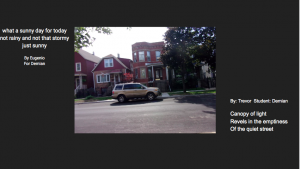
Pictured: Eugenio’s haiku, photographed by Demian, re-created as a haiku by Demian’s dad.
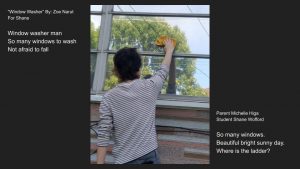
Pictured: Zoe’s haiku, photographed by Shane, re-haiku-ed by Shane’s mom.
POETRY:
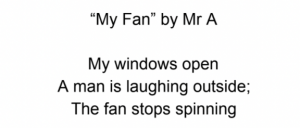
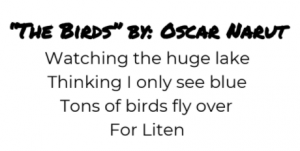

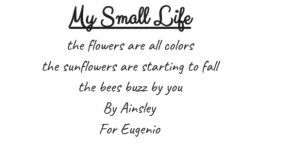


Check out the Celebrating Women’s Day at Currier Elementary School post, where students celebrated International Women’s Day by learning about women leaders like U.S. Army officer Lt Col Pam Moody with a group of Afghan women on International Women’s Day 2011. Students were asked to take photos of women in their home and write a short caption about the special woman in their lives.
Stay up to date with the CAPE Communiqué! Click here to sign up for our newsletter.




